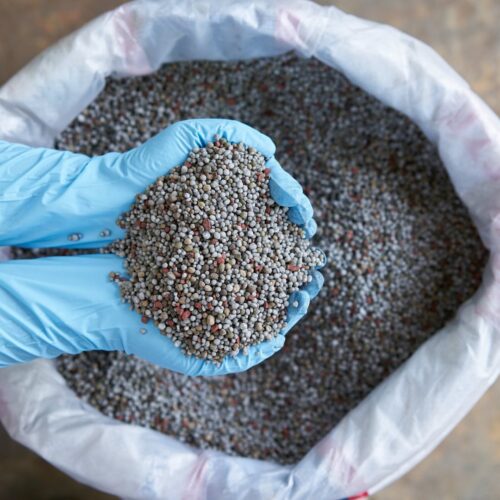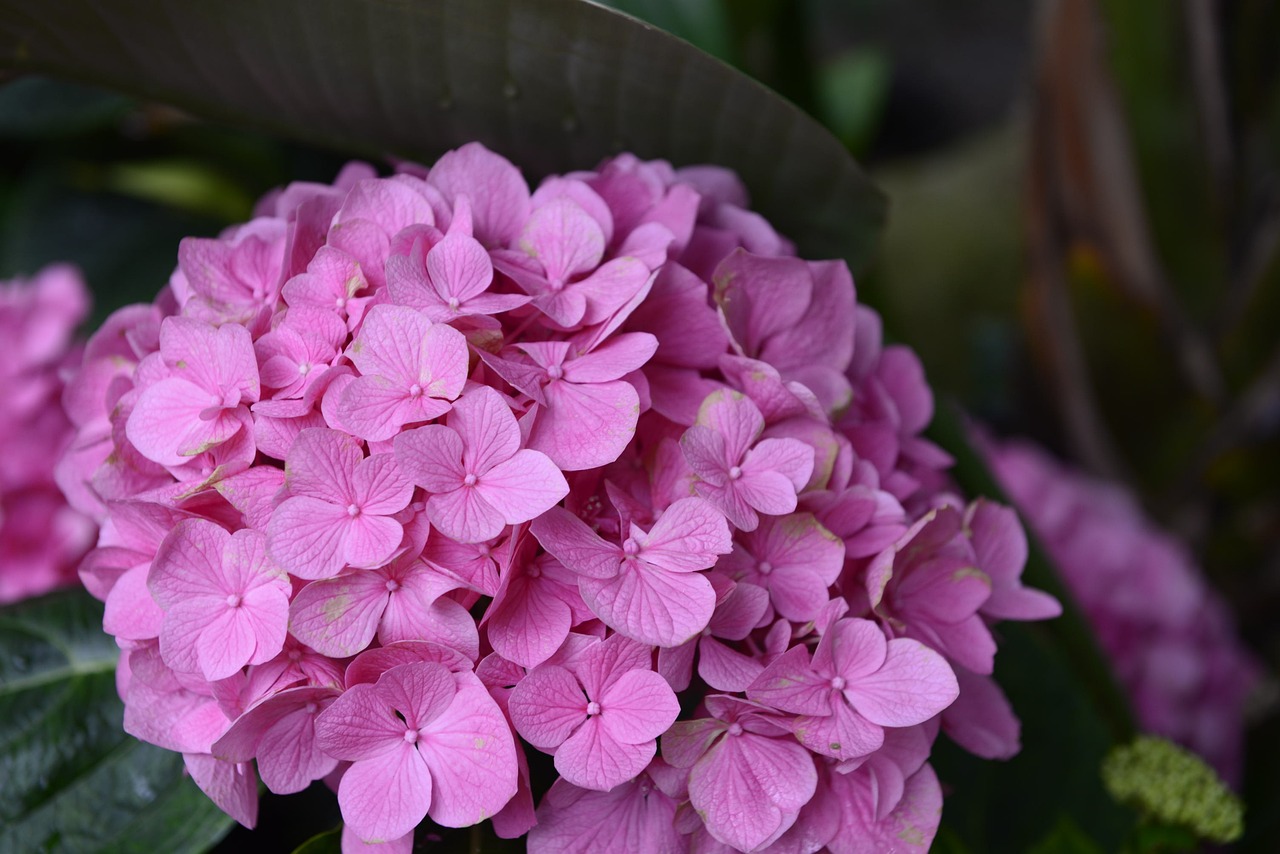Read this informative guide and find out What is Balanced Fertilizer and when to apply it for best plant growth.
The use of Balanced fertilizer is essential for maintaining plant health and maximizing yields. It contains equal proportions of important macronutrients, as denoted by the NPK ratio displayed on its packaging. By featuring identical numbers for nitrogen (N), phosphorus (P), and potassium (K), balanced fertilizers ensure a well-rounded nutrient supply for plants. When you understand what is Balanced fertilizer and when to apply it can clarify the significance of these ratios and promote effective plant care.
Read: How to Soak Seeds in Hydrogen Peroxide for Improved Germination
What is a Balanced Fertilizer?

Fertilizers play a crucial role in gardening; You can use either synthetic or natural products. Synthetic fertilizers have different strengths, with nutrient content indicated by a three-number ratio on the packaging. Balanced fertilizers, which have the same numbers as 10-10-10, suggest equal proportions of macro-nutrients.
While this might seem ideal for overall plant nourishment, it could lead to excessive levels of certain nutrients for specific plants. Soil testing and understanding individual plant requirements are essential before applying a balanced fertilizer. To solve the secret of balanced plant fertilizers, it’s beneficial to examine a common formula. For instance, in a 50-pound (22.6 kg.) bag of 10-10-10 balanced fertilizer, each macro-nutrient contributes 5 pounds (2.26 kg.) or 10% of the total formula.
These nutrients—nitrogen, phosphorus, and potassium—are crucial for plant health. Nitrogen helps leaves grow, phosphorus supports root and flower development, and potassium strengthens cells and helps plants resist stress. However, using a balanced fertilizer with equal amounts of these nutrients may not be the best choice for all plants. In fact, it can harm soil and plants by providing too much of certain nutrients. Balanced fertilizers often contain excess phosphorus, which isn’t always needed by plants or soil.
Understanding Balanced Fertilizer
If you’re doubtful about which fertilizer to choose, try breaking down the ratio further. For example, the 10-10-10 ratio actually means there’s an equal amount of each nutrient—nitrogen, phosphorus, and potassium.
If you want more fruit, a balanced fertilizer might not be the best choice. Instead, opt for a formula with a higher middle number to boost flowering. For more fruit yields go for a ratio, like 5-10-5 or 10-20-10, ideal for tomatoes and other fruiting plants.
For lush green growth, like in lettuce crops, go for a formula with a higher first number, such as 10-5-5. Towards the end of the season, when plants need to toughen up for colder weather, use a formula with a higher last number to encourage strong root development and cell structure.
Read: Tricks to Use Dried Banana Peels As A Fertilizer
When to Use a Balanced Fertilizer

If you’re still uncertain about which fertilizer to choose for your garden, a general-purpose formula like 5-1-3 or 5-1-2 should work well for most plants. While not balanced, it contains a mix of all the essential nutrients. The higher first number supplies nitrogen for lush green growth.
When you choose a balanced fertilizer, apply it just once a year. Ensure ample watering to wash away any unused nutrients from the roots. Using balanced fertilizers regularly can lead to nutrient buildup in the soil and even affect water tables.
It’s more effective to customize your fertilizer choice to your plants’ specific needs. This might require keeping different fertilizers on hand for fruiting plants, leafy greens, acid-loving plants, and others with specific requirements.



